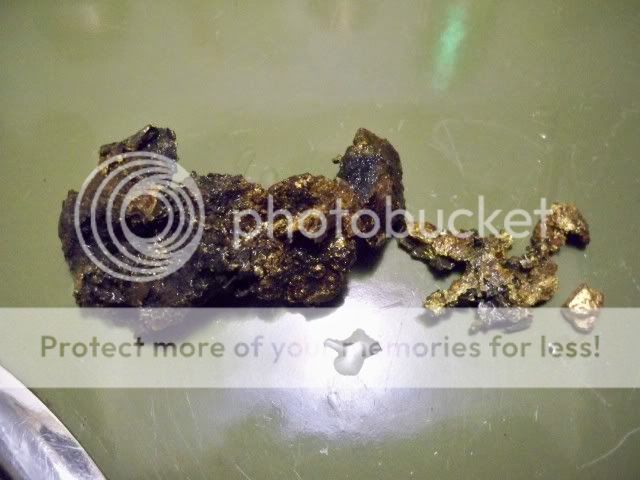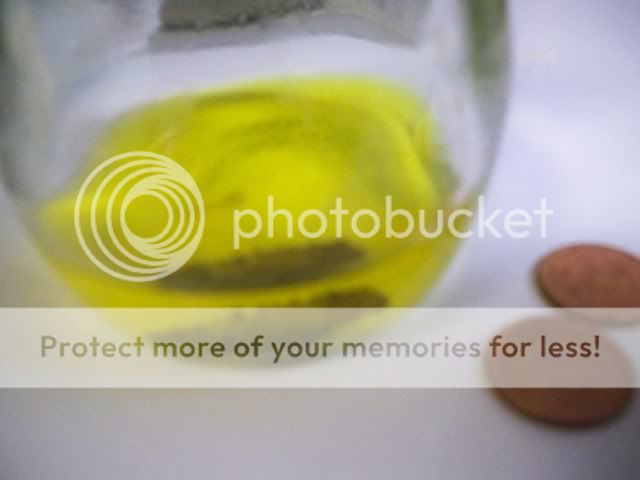- Joined
- Feb 25, 2007
- Messages
- 8,361
You are making uninformed decisions. HCl does not dissolve silver, so, at best, it would have created a hard shell of silver chloride around the object, assuming the silver content was high, say, more than 10%. If it is lower, the metal, what ever it may be, will dissolve, leaving behind loose silver chloride.carcrossguy said:Put it back in a fresh solution of hcl/cl and more silver choloride was being produced. Looks like it is almost all silver. The piece now seems to be almost all a green/yellow. Smooth. Most of the silver is gone. Was hoping to find some platinum.
Now then, assuming that it is gold that contains some silver, your solution should be a yellow/orange color. Have you tested with stannous chloride?
Harold
















































